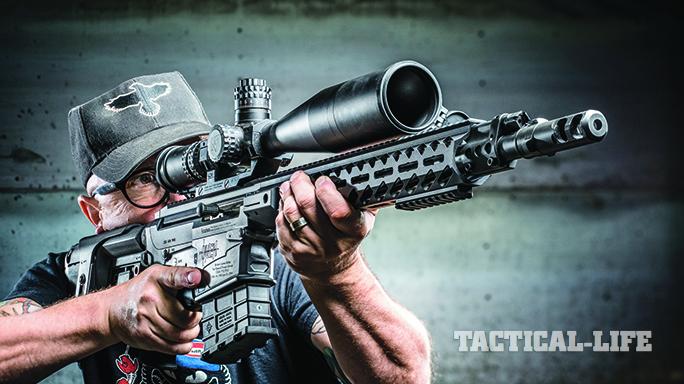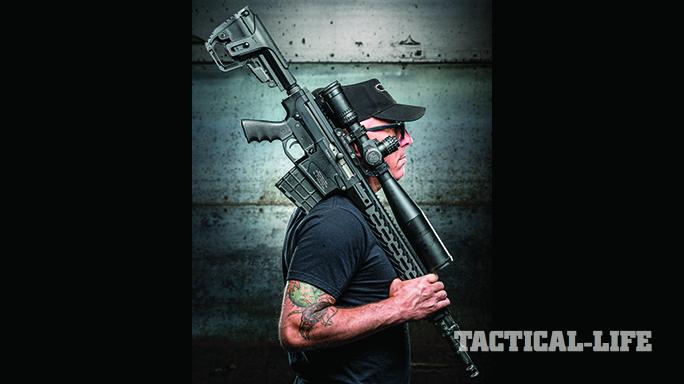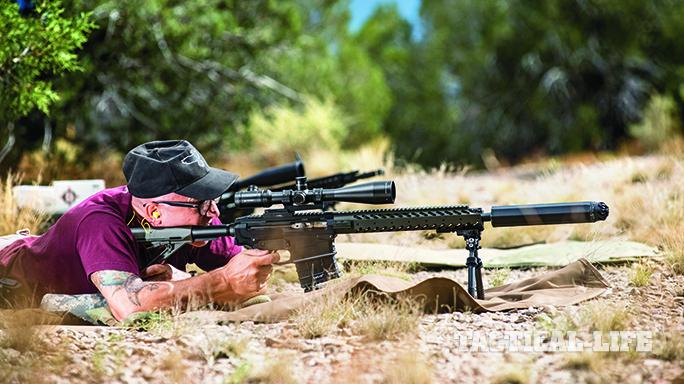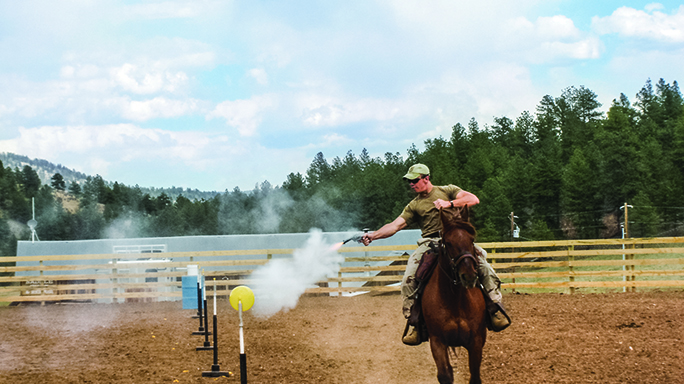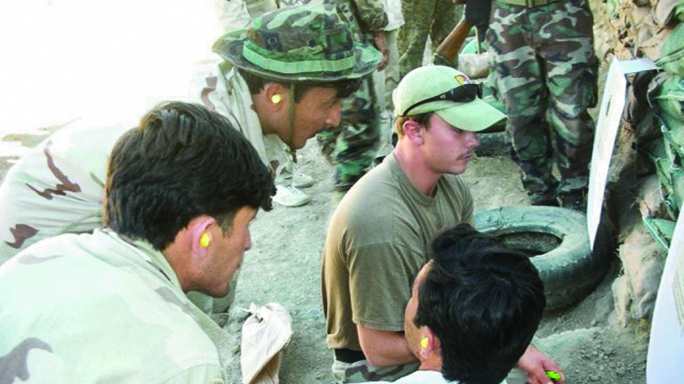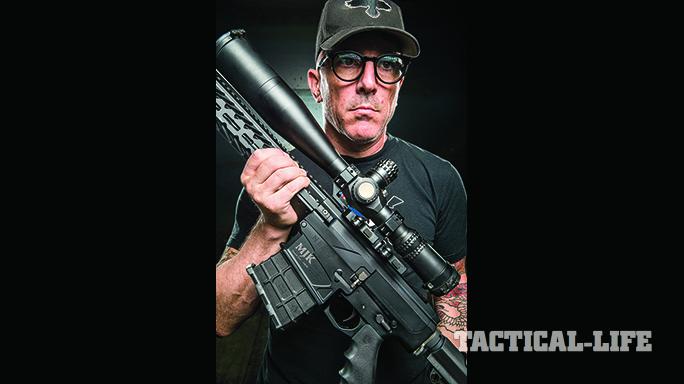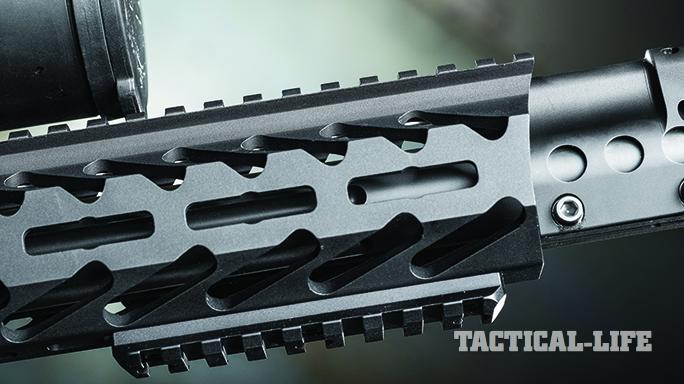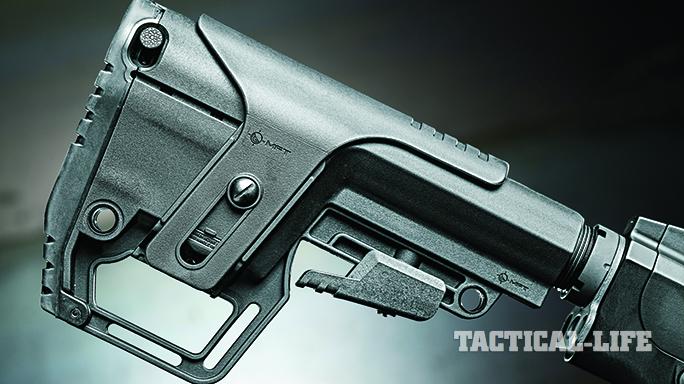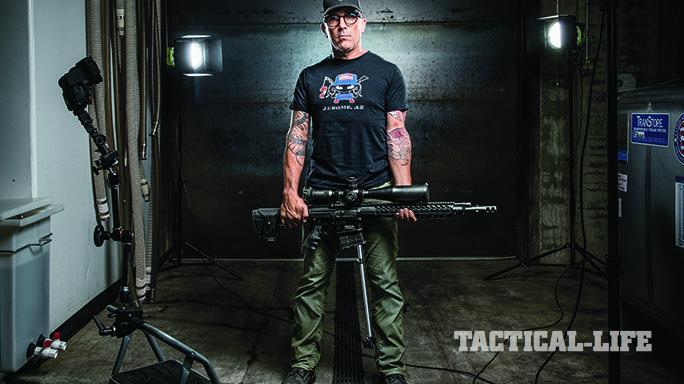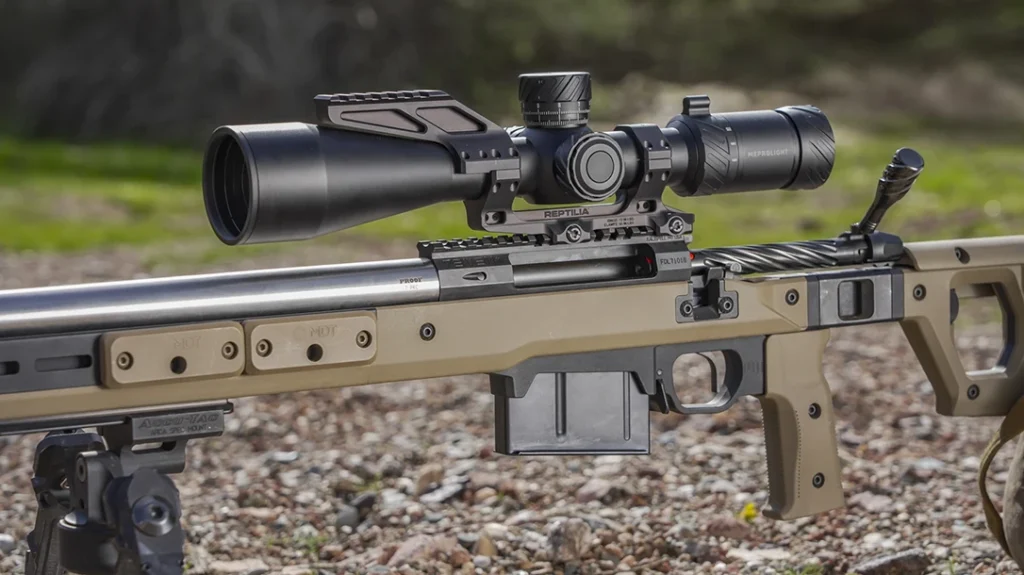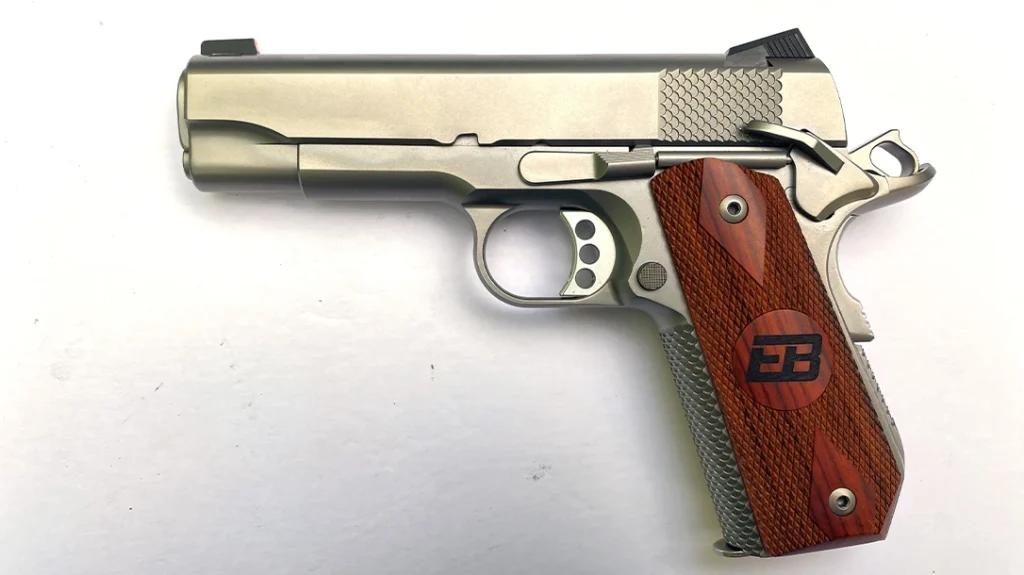Walking point in the dark hours of the morning on Jan. 25, 2008, 24-year-old Staff Sergeant Robert J. Miller led a multinational force of eight U.S. Special Forces soldiers and 15 Afghan National Army troops up the Gowardesh Valley in the Kunar Province of Afghanistan. His unit had engaged the enemy the previous night and was ordered to conduct a battle damage assessment after an airstrike was called on the enemy position. What they found was the winter headquarters of a multinational Taliban unit.
Upon approaching the target, a singular cry of “Allahu Akbar!” signaled a smothering ambush of an enemy entrenched in elevated and protected positions. Above Miller and his team, an estimated 150 Taliban fighters opened up with RPK machine guns, rocket-propelled grenades and small-arms fire. Two Afghan soldiers were hit immediately, and then the unit’s team leader, Captain Robert Cusick, was struck in the left lung.
The situation was dire, and Miller knew it. His first move was to get his fire team to safety, but doing so required him to engage the enemy directly in front of him, some as close as 20 feet away. Miller suppressed the enemy with his M249 SAW while his team began to bound back to cover. But to protect his team, Miller moved forward toward the enemy and ultimately to his death.
Advertisement — Continue Reading Below
Miller assaulted and removed a PKM machine gun position and continued to engage an overwhelming enemy force—singlehandedly killing 10 Taliban fighters and wounding 15 while his team moved to safety. In addition to his SAW, Miller threw grenades and directed fire on the entrenched enemy position above and in front of him.
After clearing the machine gun position, Miller was mortally wounded, but he kept up the fight—while his teammates were able to move out of the kill zone and into positions of safety—before succumbing to his wounds.
After reaching cover, Miller’s team reorganized and attempted to reach his body, but they were stopped by the massive volume of fire from the surrounding hillsides. Ultimately, another U.S. Quick Reaction Force (QRF) unit moved into the valley and, with the help of close air support and the remainder of Miller’s team, cleared the enemy positions and recovered Miller’s body.
Advertisement — Continue Reading Below
Miller’s teammates have no doubt that they would not have left that valley alive if it weren’t for Miller’s bold and aggressive actions in the face of an overwhelming enemy. On Oct. 6, 2010, Miller was posthumously awarded the Medal of Honor for his actions above and beyond the call of duty in the Gowardesh Valley.
Meet SSG Miller
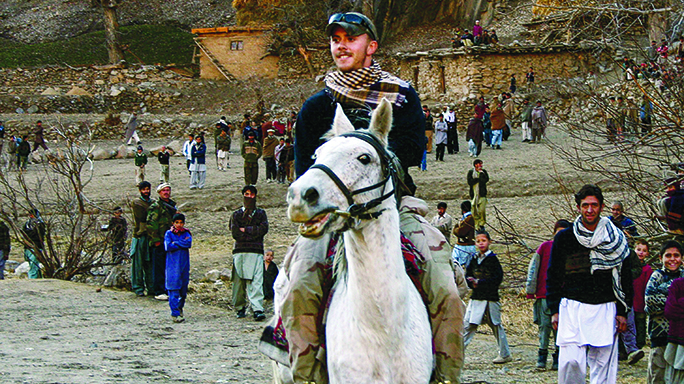
To the average civilian, Robert J. Miller might seem a bit of a paradox in contrast to the stereotypical Special Forces solider. Robbie—as he was known amongst his teammates—was an easy going and even sometimes goofy guy. The youngest member of his company, Miller masked a deep intensity with a love for music, comedy and fun. “He had a keen insight on a variety of subjects, always volunteered, and was upbeat about everything,” friend and teammate Nick McGarry recalled.
Advertisement — Continue Reading Below
Fluent in Pashto, the native language of Northwest Afghanistan, Miller’s manner endeared him to the local Afghans with whom he lived and trained. As the unit’s interpreter, Miller rode Afghan horses, played buzkashi (a polo game played with a goat carcass) and drank tea with the men he fought beside and protected from the Taliban.
The respect that Miller earned from the indigenous Afghan forces only became fully apparent when the local tribal Mullah made a visit to the unit’s headquarters to inform them that the week’s prayers would be dedicated to Miller. They also presented a prayer rug and Afghan flag, which now hangs in Miller’s parent’s home.
Music had a huge impact on Miller’s life, and he enjoyed everything from classical symphonies to punk rock. Musically and artistically, he favored Tool and A Perfect Circle—the musical art of Maynard James Keenan. Though a U.S. Army veteran himself, Keenan and Miller never knew one another, but fate would bring them together in the form of a NEMO Arms rifle.
Advertisement — Continue Reading Below
Honoring Sacrifice
Miller’s close friend and teammate Nick McGarry, who was with him in the Gowardesh Valley, and whose life Miller’s actions saved, sought to find a way to further memorialize Miller’s heroism and celebrate the energy and enthusiasm that colored the man’s life and personality. In the barracks, in the gym and prior to missions, “We had Tool’s ‘10,000 Days’ album on a continuous loop,” McGarry recalled.
Now a part of the NEMO Arms sales team and a member of Gemtech’s pro-staff, McGarry had a custom rifle built for Maynard James Keenan, the front man for Tool and A Perfect Circle, and presented it to him at the Gunsite Academy where, McGarry, also a Special Forces-trained sniper, was able to share some range time with Keenan on the rifle. “The motivation behind the rifle was to thank Maynard for his art and music. Many of his songs mean a lot because of the association with the ODA and Robbie,” McGarry said.
Advertisement — Continue Reading Below
But when Keenan was approached about the rifle, he insisted on having Miller’s name and information inscribed on it. “It seemed strange having a monogrammed rifle for me to commemorate Miller’s sacrifice. I just wrote some poems. It made more sense for it to have his information so every time we used it we would think of him, not me,” Keenan reflected.
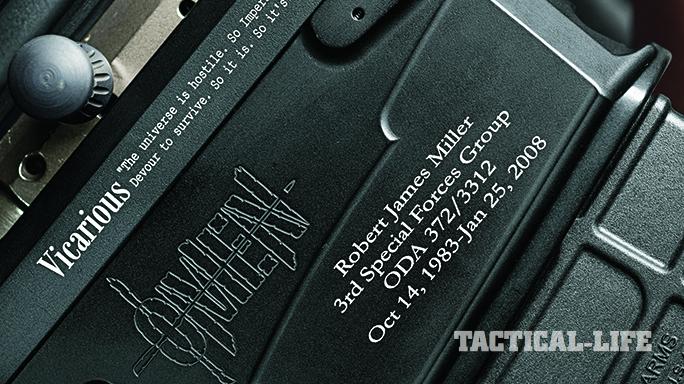
For this commemorative build, McGarry chose a NEMO Omen Recon chambered in .300 Winchester Magnum. The right side of the rifle’s magazine well is engraved with Miller’s full name, biographical information and unit. Inscribed on the left side of the magazine well are Keenan’s initials. The logo for another of his bands, Puscifer, is behind the optics rail. Below the ejection port, a few lines from Tool’s song “Vicarious” are inscribed:
“The universe is hostile. So impersonal. Devour to survive. So it is. So it’s always been.”
Advertisement — Continue Reading Below
Designed as a long-action precision rifle, the Omen Recon features a billet aluminum receiver behind an 18-inch, 416 stainless steel barrel. NEMO departs from the typical bolt carrier group with a patented, proprietary nickel-boron design. That design is engineered to both reduce recoil and handle the magnum cartridge. It also features a steel, side-mounted charging handle and a Geissele SSA-E two-stage trigger.
Finished in all black like the entire rifle, the Omen Recon’s stock is a collapsible Mission First Tactical Battlelink Utility Stock (BUS) with an adjustable cheekpiece. The barrel is fitted with a suppressor-ready B1 Tri-Lug muzzle brake, a NEMO adjustable gas block, and a black anodized, M-LOK-comptaible, free-floating NEMO handguard. The rifle comes with both 10- and 14-round magazines.
Keenan ran the NEMO rifle on targets beyond 1,000 yards at the Gunsite ranch in his home state of Arizona. He had been shooting Barrett .50 BMGs and .338 Lapuas the previous day, and the contrast of the precise but soft-shooting NEMO Omen Recon to the big-bore rifles was stark. After smartly ringing steel at several known distances in excess of 500 yards, Keenan turned from the rifle with a big smile and exhaled, “Wow, that’s really nice.”
Advertisement — Continue Reading Below
SSG Robert J. Miller Memorial Nemo Omen Recon Specifications
Caliber: .300 Winchester Magnum
Barrel: 18 inches
OA Length: 38.75 inches
Advertisement — Continue Reading Below
Weight: 10 pounds (empty)
Stock: Mission First Tactical BUS
Sights: None
Action: Direct impingement semi-auto
Finish: Matte black
Capacity: 10+1, 14+1
MSRP: N/A
For more information, visit nemoarms.com or call 406-752-6366.
This article is from the spring 2017 issue of ‘Ballistic’ magazine. For information on how to subscribe, visit outdoorgroupstore.com
